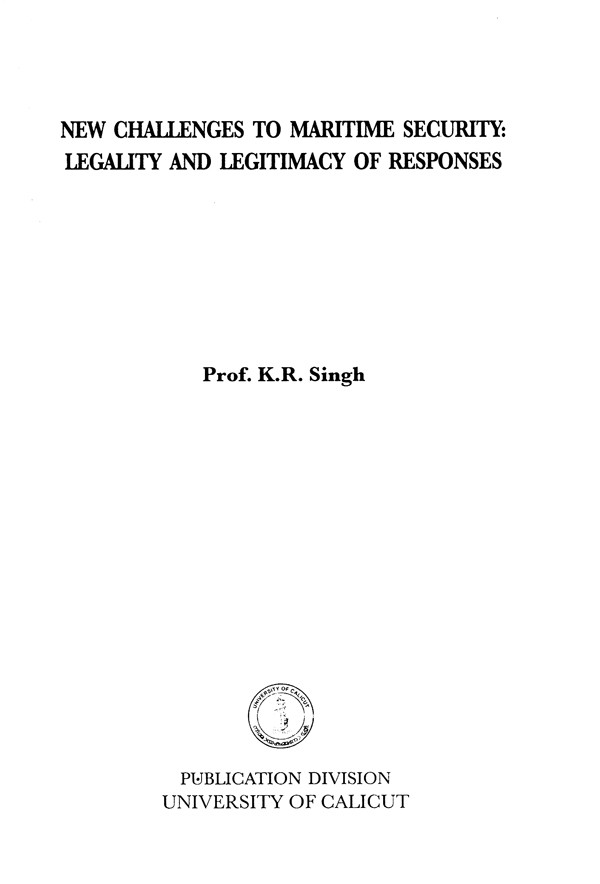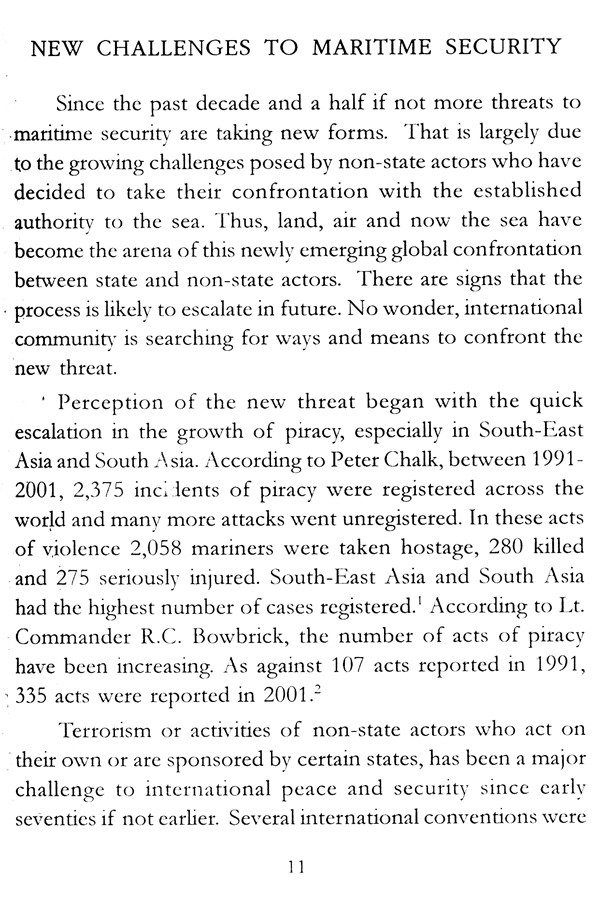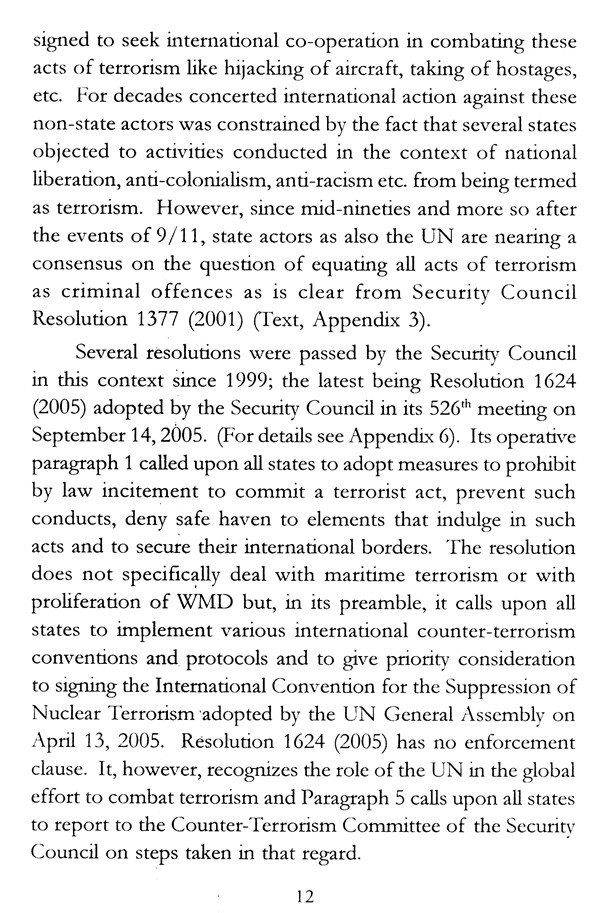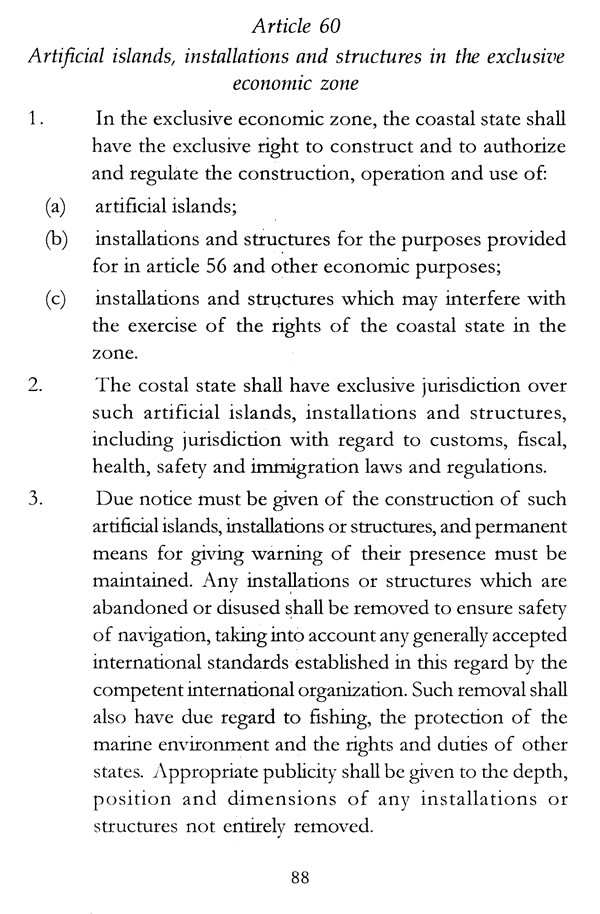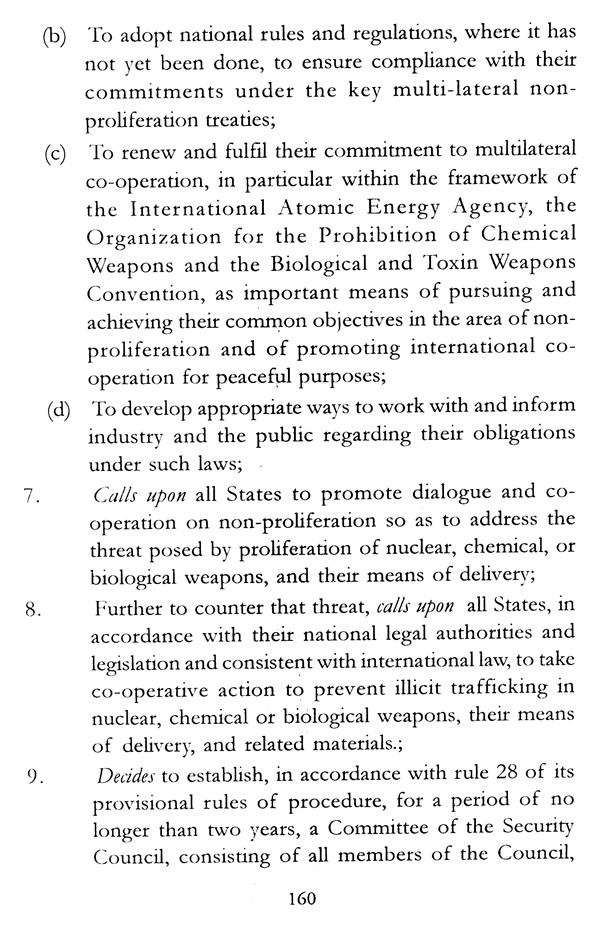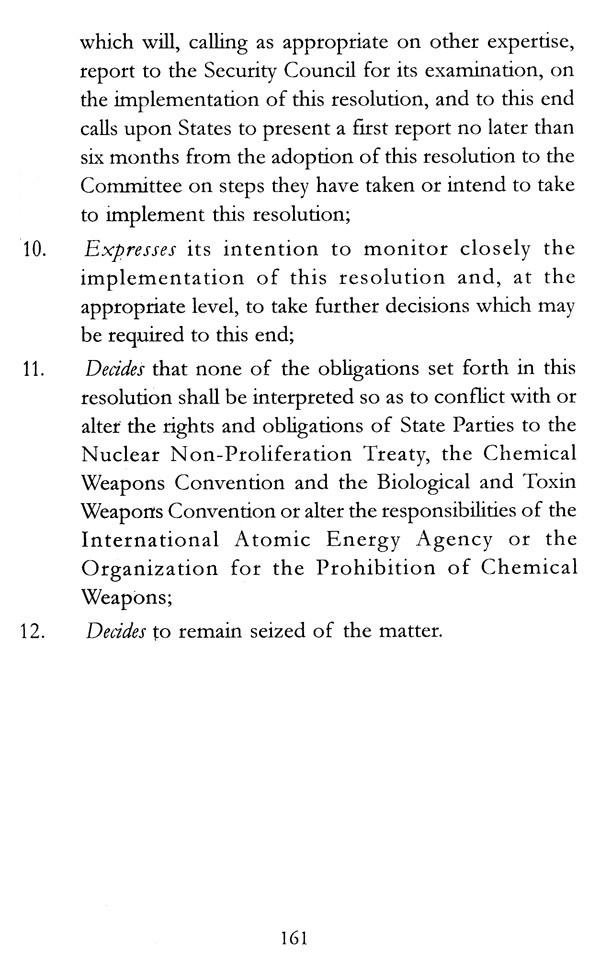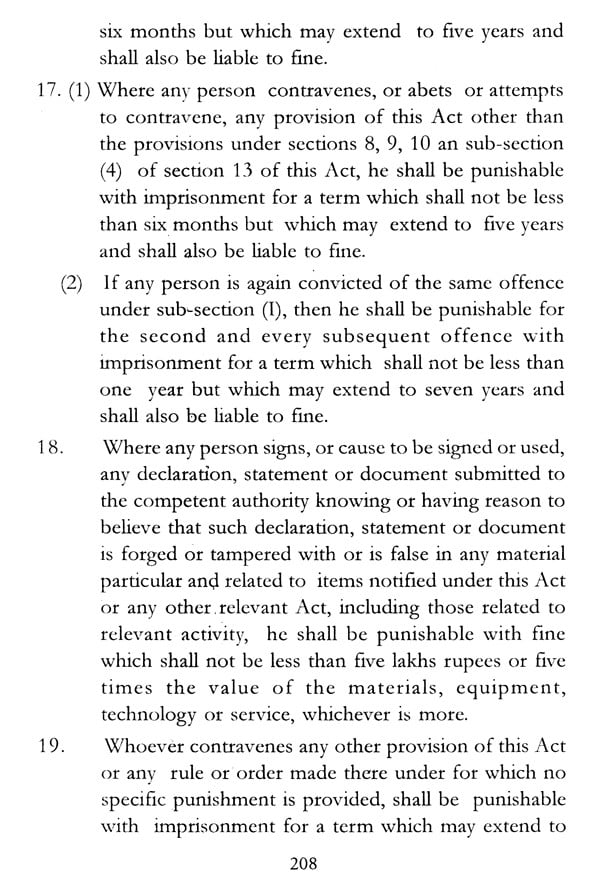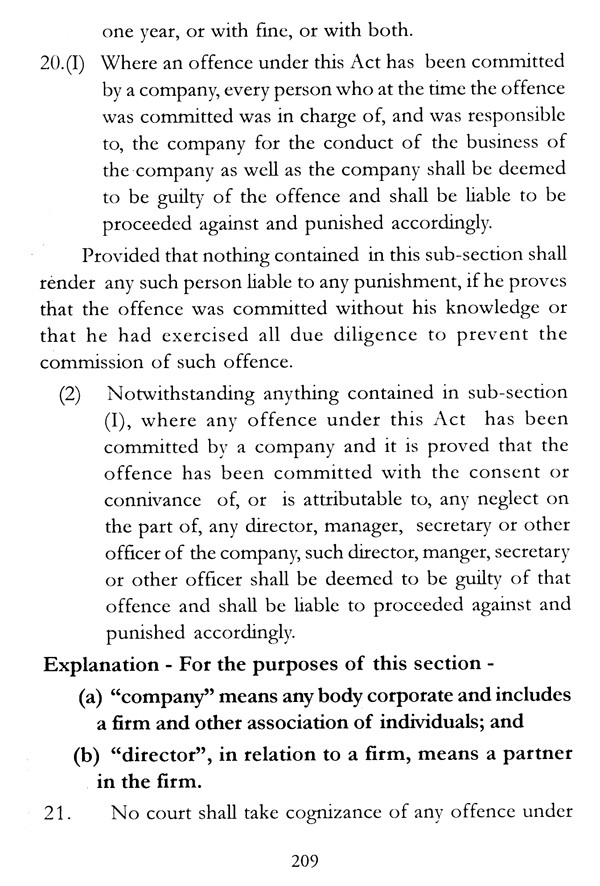
New Challenges to Maritime Security: Legality and Legitimacy of Responses
Book Specification
| Item Code: | UAV006 |
| Author: | K.R. Singh |
| Publisher: | Publication Division, University of Calicut |
| Language: | English |
| Edition: | 2006 |
| ISBN: | 9788177481075 |
| Pages: | 216 |
| Cover: | PAPERBACK |
| Other Details | 8.50 X 5.50 inch |
| Weight | 270 gm |
Book Description
In the monograph, Professor K.R. Singh, has sought to analyse the new threats to Maritime Security as posed by non state actors. These threats range from piracy and armed robbery on board ship, illegal traffic in men and material, including those related to weapons of mass destruction and their delivery system, as also the threat from maritime terrorism.
He has analysed legal provisions that can be invoked to meet those threats. Since many of these provisions are felt to be inadequate instruments to meet the new challenge, UN Security Council and General Assembly have passed resolutions so as to provide legitimacy to state action in meeting the new threat. Concerned states have also proposed their own Initiatives' like the Container Security Initiative, Proliferation Security Initiative, Maritime Regional Security Initiatives. He has also analysed, in brief, the Weapons of Mass Destruction Bill approved by the Indian Parliament in May 2005.
Since many of the important documents that are relevant for an in-depth study of the subject are generally not available in one place for those who wish to pursue this study further, he has added nine such documents as appendices.
Threat to freedom of navigation by non-state actors began to increase dramatically since the eighties. Not only instances of armed robbery or piracy became more common but militants also began to target ships, both civilian and military, as a part of their overall strategy. The LTTE of Sri Lanka was the first major militant group to resort to the use of force in this context. LTTE's navy and the Sea Tigers not only targeted foreign vessels in the waters around their zone of influence but also fought pitched battles with the ships of the Sri Lanka Navy. It was the LTTE that first resorted to attacks by ramming their boats filled with explosives against the targeted vessels. They also resorted to the mining of Sri Lanka's ships in their own harbours and naval bases.
**Contents and Sample Pages**
